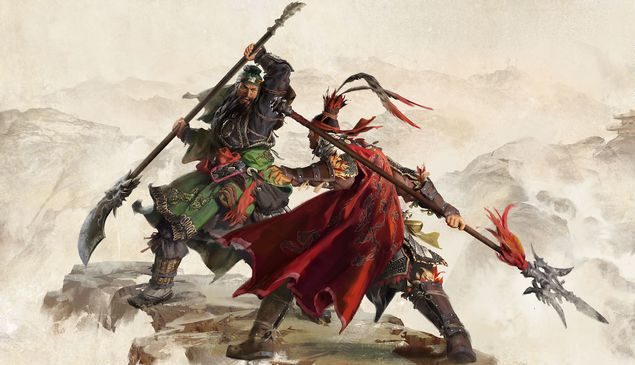

The wardrobe, gat and small dining table made in Tongyeong were considered the best in the country. In peace times, artisans there made presents and other items of high quality for kings. Those places made najeonchilgi (lacquerware inlaid with mother-of-pearl), furniture, bows, cast, saddles and gat. Admiral Yi, the inaugural commander, set up 12 workshops there to build weapons and other tools to prepare for war. The name Tongyeong comes from ‘Tongjeyeong,’ a short for the Three-Province Naval Command, during the Joseon Dynasty. All the top-rated artisans from across the country gathered in Tongyeong, including masters of gat. During the Japanese invasion in 1592, Admiral Yi Sun-sin, the naval commander of three provinces at the time, ran 12 craft workshops with joiners and other artisans from Tongyeong. People all over the country made gat but Tongyeong produced the best ones. People working on gat must stay together at all times. Unless it involves a family, techniques can’t be preserved. Our son works as a teaching assistant, too. She handled yangtaeil and she herself became a graduate of the gannil program.
She first started helping me out because I was struggling so much. It just takes too much work and too much time. Now you’re making gat with your wife, Do Gook-hee. Even as she and her husband were talking, Do kept her hands busy by preparing bamboo slices, each about 0.1 to 0.3 mm thick. Do handles yangtaeil, the most complicated and time-consuming part of gat-making. Along the way, Jung’s wife, Do Gook-hee, has been assisting him. He moved from Tongyeong to Seoul and settled down with artisans in other types of craft at the National Intangible Cultural Heritage Initiation Training Center. Jung got his start in Daegu, and came to inherit the tradition of Tongyeong Gat, regarded as the finest form of gat in the country. He is the ipjajang, the master who completes the gat by connecting the crown and the brim, and he is also able to handle all three stages of gat making. He is the only certified holder of gat-making technique who has mastered every part of the process for Tongyeong Gat. 4 National Intangible Cultural Heritage as ganniljang (master gat maker). YEOL, a foundation that supports the Korean craft industry, named Jung Choon-mo as its ‘Artisan of the Year’ for 2020. Toward the late Joseon era, the royal court banned excessive styling on gat, fearing overspending. Noblemen would hang coral or amber to their gat strings to make their hat even more fashionable. Records show that, starting in the mid-17th century, the brim became too wide that one could barely walk through a typical door wearing gat, and it was difficult for two people to sit side by side. The width of the brim and the height of the crown changed in accordance with fashion trends. By the Joseon era, it transcended social status or official positions and came to symbolize the spirit of the scholar in the Confucian culture. Gat first began to be worn as an official hat during King Gongmin’s reign in the Goryeo Dynasty. They added some accessories, too, and gat was the main item. Men did so by donning ‘po’ (oversized robe) on top of their jeogori. According to documents made available by the Cultural Heritage Administration, women during the Joseon Dynasty made their fashion statements with colorful ‘jeogori’ (upper garment of hanbok) and skirts.


 0 kommentar(er)
0 kommentar(er)
